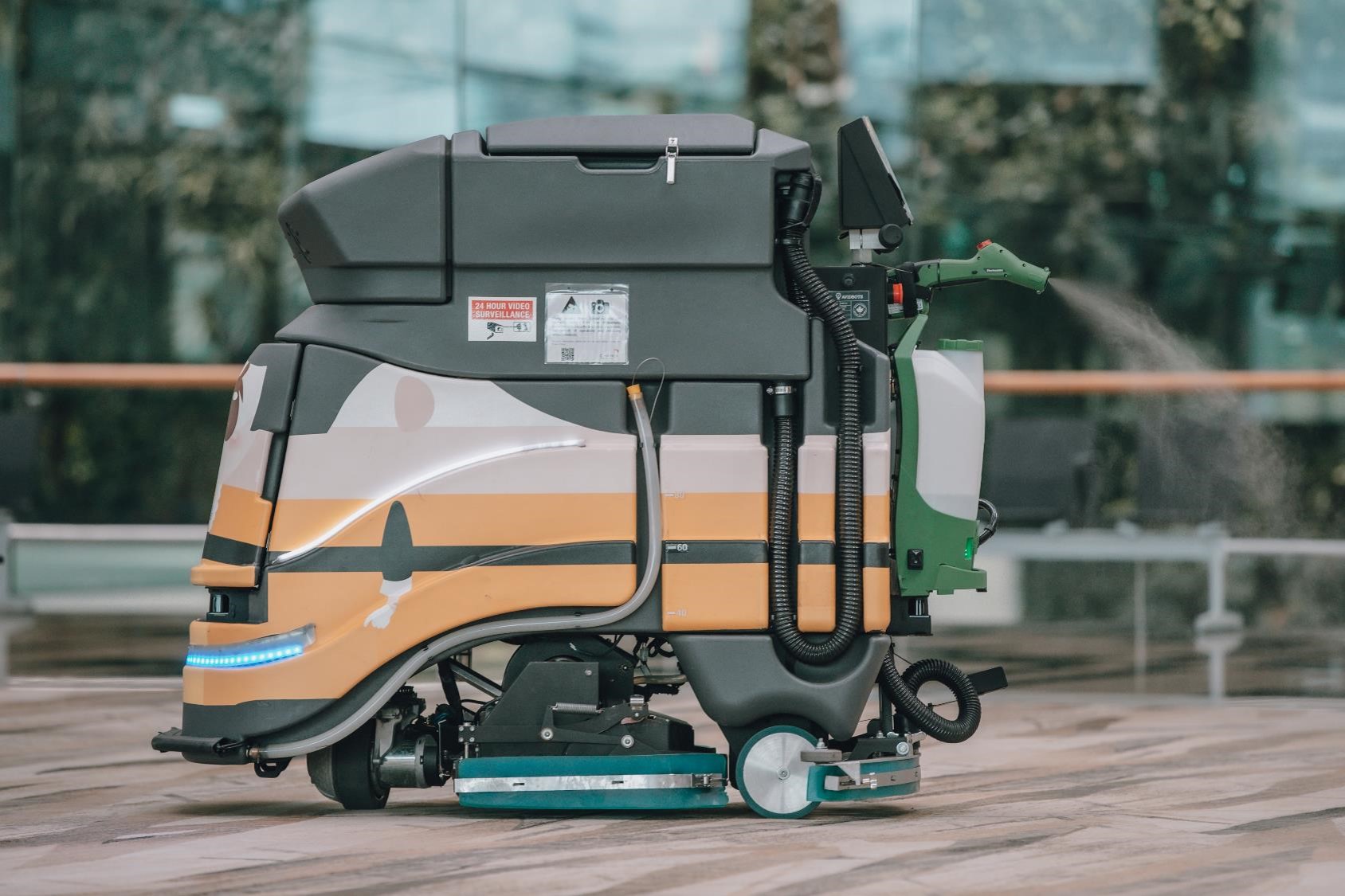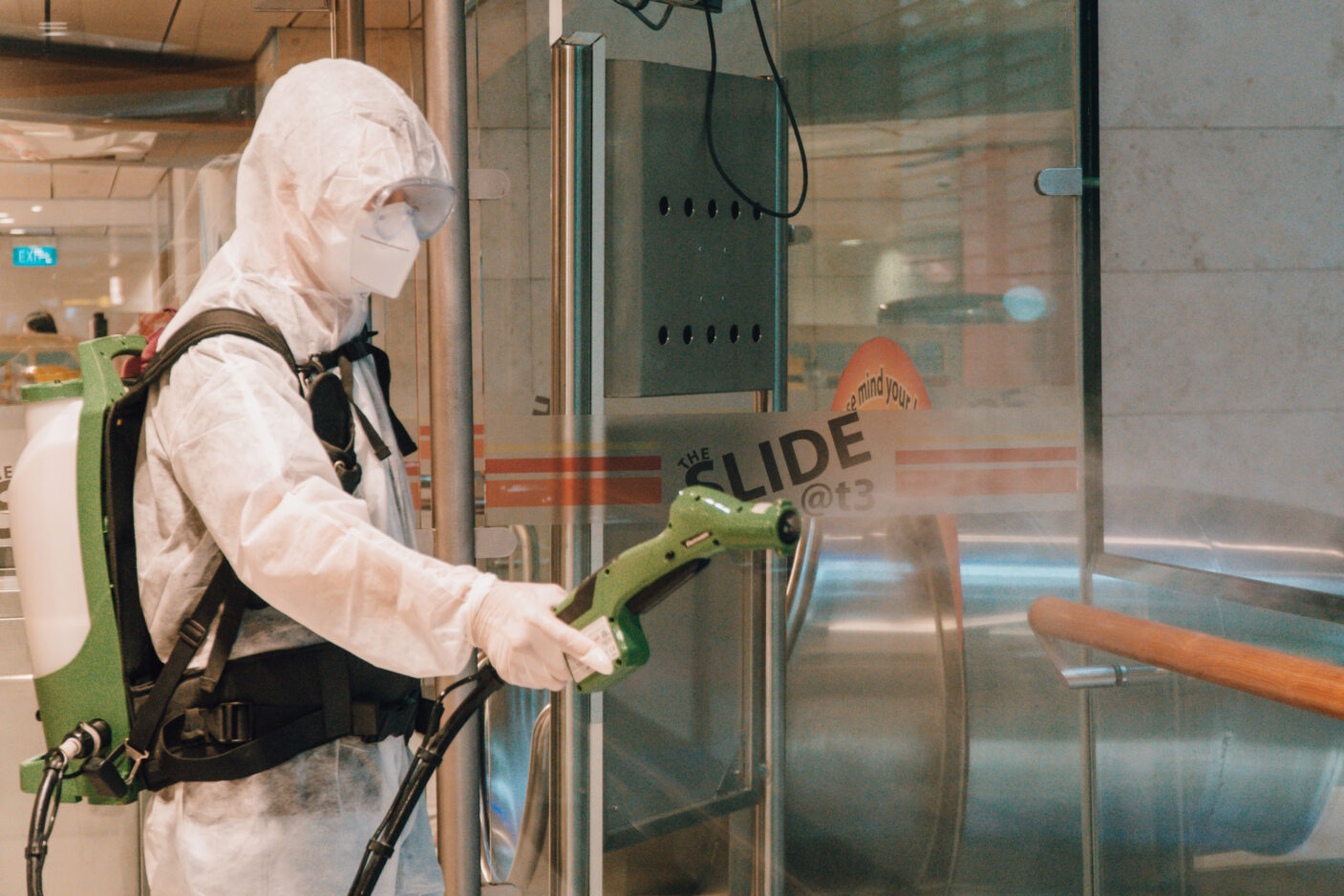To prepare for the safe reopening of Singapore’s Changi terminals following the detection of Covid-19 cases at the airport, operator Changi Airport Group (CAG) says it has worked closely with the authorities to put in place a spectrum of infection prevention and control (IPC) measures to augment existing processes.
Following an operational analysis, the new control measures include setting up a zonal system within the terminals for airport workers, enhanced personal protective equipment (PPE) protocols for the higher-risk zones, as well as more stringent testing regimes. To ensure the smooth implementation of these new control measures, CAG also set up supporting facilities, such as PPE donning and doffing stations, and dedicated staff rest and meal areas. Additional training sessions on the proper donning and doffing of PPE were conducted to ensure that all staff were adequately prepared to work in the airport’s new operating environment.
Each airport terminal is now segregated into three zones. Zone 1 comprises the arrival and departure gates and the baggage claim hall; Zone 2 is the general transit area where the retail and F&B outlets are situated; the departure hall and other public areas make up Zone 3. Staff will remain in their respective zones for the duration of their shifts. Meals and rests will be taken within their zones of duty.
To ensure that workers are equipped with the right levels of PPE based on the zones in which they work, and can use their PPE correctly, the airport’s first step was to arrange for workers in Zone 1 to have N95 mask fit tests. Additional training sessions on the dos and don’ts of PPE were arranged, and supervisors were tasked with refreshing their teams regularly on PPE protocols.
Concurrently with the training sessions, CAG conceptualized, set up and trialled the zonal system to ensure that all steps were implemented in three weeks. Multiple trials were then carried out to refine standard operating procedures, to be certain that all systems and processes worked as planned.
Enhanced cleaning has been in place at Changi Airport since January 2020, with the facilities management (FM) team working alongside partners, including cleaning agencies, to ensure that the airport has a regular disinfection regime.
 General cleaning gets rid of dirt, dust and stains from surfaces. It also removes some of the germs but does not kill them. Deep cleaning, also known as disinfection, uses a chemical disinfectant to eliminate and kill all bacteria, viruses and fungi on surfaces.
General cleaning gets rid of dirt, dust and stains from surfaces. It also removes some of the germs but does not kill them. Deep cleaning, also known as disinfection, uses a chemical disinfectant to eliminate and kill all bacteria, viruses and fungi on surfaces.
Kenneth Ho, senior manager of Changi Airport Group’s FM team, said, “There is a common misconception that disinfection is more important than cleaning. However, cleaning must first be carried out on surfaces to remove contaminants prior to the use of disinfectant for it to work effectively.”
A variety of cleaning products approved by the Singapore National Environment Agency are used at Changi. The key, notes the airport, is to use disinfectant with the appropriate active ingredients and working concentration to deal with coronaviruses. These are effective enough to kill viruses but will not damage plants or clothing.
As disinfectants vary in strength and composition, it is also important to leave them on the surface for an appropriate amount of time after spraying. If disinfectant is wiped off immediately after spraying, it will not be effective in removing viruses.
“Surfaces may look clean after cleaning and disinfecting but to be sure that they are indeed safe, the FM team uses an adenosine triphosphate (ATP) meter to test surfaces after cleaning. ATP is an energy molecule found in all living things. If there is no presence of ATP on the surface, the disinfection process has been effective in killing off microbes,” added Ho.
Frequently touched surfaces are also treated with a long-lasting anti-microbial disinfectant coating that reduces the risk of virus transmission. Carpets are vacuumed by autonomous cleaning robots equipped with HEPA filters that catch fine particles including dust and pollen while vacuuming; misting machines disinfect the carpets after cleaning. Autonomous cleaning robots complement the cleaning crew by doing the heavy lifting and cleaning large surface areas like floors and carpets while cleaners focus on the difficult-to-reach areas like corners and handlebars.


